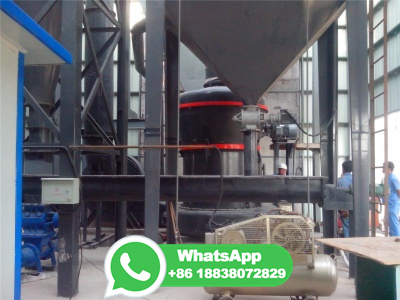Variable coalifiion; the processes involved in coal formation
WEBCoalifiion involves the genetic and metamorphic history of coal beds. The plant materials that form coal may be, in part, simply incorporated, or they may be present in vitrinized or fusinized form. Materials contributing to coal differ in their response to diagenetic and metamorphic agencies and the three essential processes of coalifiion are called .





























